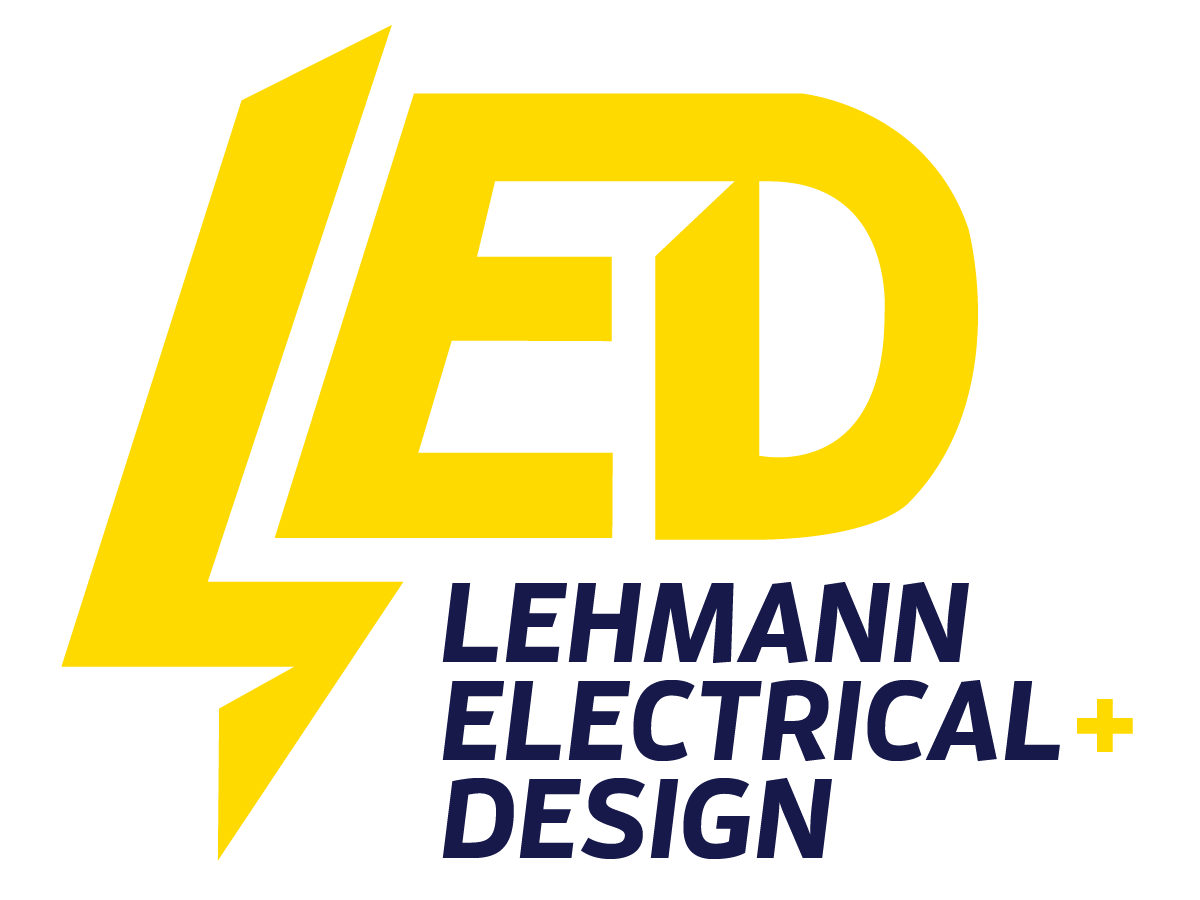Solar Energy Facts And Myths
Unveiling the Truth About Solar Energy and Photovoltaic Technology
Solar technology, a cornerstone of renewable energy, represents a transformative force in today’s energy landscape. This technology is fundamentally based on harnessing sunlight, an abundant and sustainable resource, and converting it into electrical power. The core component of this process involves photovoltaic cells. These cells are ingeniously designed to capture the sun's rays and convert them into electricity, offering a clean and efficient energy solution.
The principle behind solar technology is both simple and profound. When sunlight hits a photovoltaic cell, it creates an electric field across layers of silicon, which is the primary material used in most cells. This electric field causes electricity to flow, thereby generating power that can be harnessed for various uses. The beauty lies in its direct use of nature’s most plentiful energy source - the sun. Unlike fossil fuels, which release harmful emissions, solar power is clean, producing no pollutants or greenhouse gases.
The journey from its early inception to today’s state-of-the-art systems showcases human ingenuity and our commitment to sustainable living. In the mid-20th century, solar panels were primarily used in space applications, providing power to spacecraft. However, over the years, advancements in technology have significantly increased the efficiency and reduced the cost of these panels, making them accessible for widespread use.
Today, they are more efficient, durable, and versatile than ever before. They can be installed on rooftops, integrated into building designs, or even deployed as large-scale solar farms. These advancements have opened up new possibilities, making it a viable and often preferred option for both residential and commercial energy needs.
Moreover, the scalability means it can be adapted for various applications, from small-scale home systems to large utility-scale power plants. This flexibility allows solar technology to meet diverse energy requirements, catering to different geographical and climatic conditions.
As technology continues to evolve, its potential grows. Innovations in materials and design are constantly pushing the boundaries of efficiency and functionality. For instance, developments in storage systems are enhancing the ability to store and use solar power when the sun isn’t shining, addressing one of the primary challenges of solar energy – its intermittency.
The Sahara Desert could theoretically power the entire world with solar energy.
Dispelling Myths About Solar Energy
Despite its rising popularity, several myths about solar power, often interchanged with solar energy, persist, clouding the true potential of this renewable resource. A common misconception is that the panels are ineffective in cold or overcast conditions. Contrary to this belief, they can perform exceptionally well in cooler climates. Cold temperatures can actually increase the efficiency of photovoltaic cells. Furthermore, while clouds may slightly diminish their efficiency, they do not render solar panels ineffective. For instance, Germany, known for its frequent cloudy weather, is a leading user of photovoltaic energy.
The cost associated with harnessing sunlight for energy is often misunderstood. Many believe that the initial investment is exorbitantly high. However, the economic landscape has changed significantly. The costs have decreased due to advancements in technology and increased market demand. Moreover, government subsidies and tax incentives have made solar energy more accessible than ever before. Over time, the investment pays off, not just in monetary savings but also in contributing to a greener planet.
The Bhadla Solar Park in India is the largest solar power plant in the world, covering more than 14,000 acres.
Long-term Benefits
The long-term benefits extend far beyond mere energy generation. Homeowners and businesses can enjoy a range of advantages. Firstly, they significantly reduce electricity bills over time, as they provide a sustainable source of power. Additionally, solar installations can increase property values, making them a wise investment for the future. Furthermore, they contribute to reducing carbon footprints, aiding in the global effort to combat climate change.
Adopting solar energy is a significant step towards achieving energy independence. By generating their own electricity, homeowners and businesses can reduce their reliance on traditional power grids. This independence is particularly beneficial during power outages or in scenarios where energy prices are volatile. Solar energy provides a stable and sustainable source of power, ensuring consistent electricity availability and contributing to overall energy security.
By debunking common myths and understanding the factual aspects of solar energy, individuals and communities can make informed decisions about embracing this renewable resource. This not only offers environmental benefits but also presents economic advantages and contributes to energy independence. As we continue to explore and invest, we take crucial steps towards a cleaner, greener, and more sustainable world.
Switching to solar energy is a smart choice for a brighter, more sustainable future. Lehmann Electrical & Design offers top-notch services that not only reduce your carbon footprint but also save you money in the long run. Our team of experts is committed to providing reliable and efficient solutions tailored to your needs. Join the renewable energy revolution today and take a step towards a cleaner and more affordable energy source.
Contact us today for a free estimate.
All Rights Reserved | Lehmann Electrical + Design


